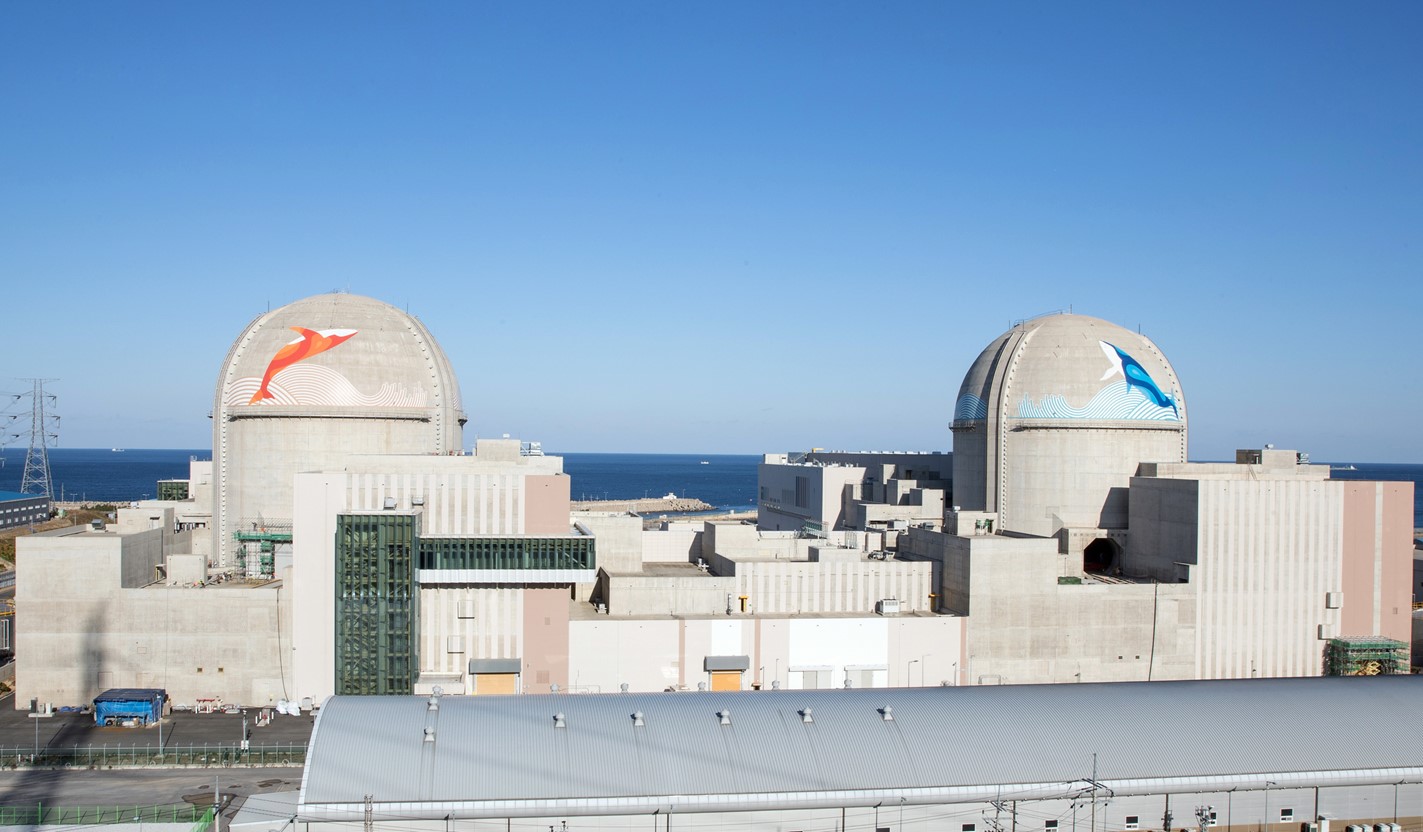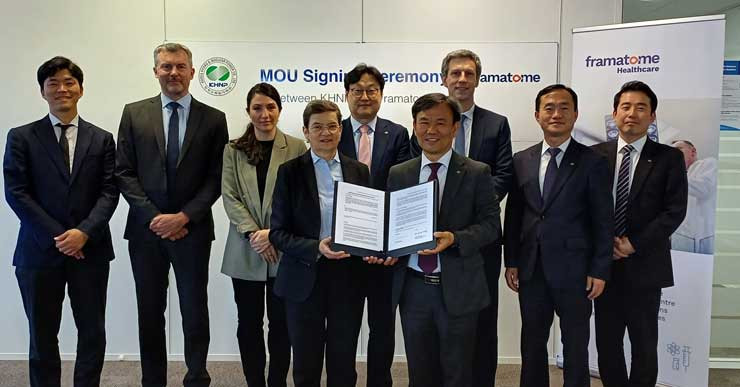Fourth APR-1400 begins commercial operation in South Korea

Unit 2 of South Korea’s Shin-Hanul nuclear power plant entered commercial operation on April 5, Korea Hydro & Nuclear Power announced. It is the nation’s 26th operating reactor, which continues the upward nuclear trend as South Korea reverses a previous phase-out plan for nuclear.
The state-run KHNP obtained the operating license for Unit 2 and began loading fuel last September. The 1350-MWe pressurized water reactor reached first criticality on December 6 and was connected to the grid on December 21. Last week, the Nuclear Safety Commission approved the final inspection.
“We will prioritize safety in operating Shin-Hanul Unit 2 to contribute to stable energy supply and achieve carbon neutrality,” said Jooho Whang, president and chief executive of KHNP.
A closer look: Unit 2 is the second of two APR-1400 reactors at the site—with a further two planned there—and is the nation’s fourth APR-1.400. Two more APR-1400s are under construction at the Saeul nuclear plant, which will join that site’s two operating units.
“The APR-1400 reactor technology is central to South Korea’s nuclear ambitions,” Seth Grae, chief executive of Virginia-based Lightbridge Corp., told Power magazine last year. “It is the main technology to new nuclear power plants in South Korea and for bids to deploy in other countries.”
South Korea is one of the world’s top nuclear power producers. The 25 gigawatts produced there account for 28 percent of the nation’s energy mix.
Policy change: When Korean president Suk-Yeol Yoon took office in May 2022, he did an about-face of the previous administration’s policy of phasing out nuclear power. Then president Jae-In Moon was concerned about the energy source following Japan’s Fukushima incident in 2011, and his office’s policy was responding to a scandal over forged documents related to tests and inspections of the country’s nuclear fleet.
One of President Yoon’s first actions in office was to restart construction of Shin-Hanul Units 3 and 4.
South Korea’s 10th energy plan, known as the Basic Plan for Long-term Electricity Supply and Demand, targets a renewable energy supply goal and restores the role of nuclear power plants in the mix. Electricity demand is expected to increase rapidly around the globe due to the electrification of industry and investment in high-tech industries—including semiconductor and battery manufacturing, which are both major sectors in South Korea.
On a trip to the United Arab Emirates in 2023, Yoon and UAE president Mohamed bin Zayed Al-Nahyan agreed to strengthen their nuclear partnership in four key areas: conventional energy and clean energy; peaceful nuclear energy, economy, and investment; defense; and other areas of mutual interest, including space, emerging industries, and culture.
What’s next: South Korea plans to begin the process of extending the operating lifespan of Wolsong-2, -3, and -4—which were on track to close in the next five years—according to the Chosun Daily newspaper.
KHNP has also been rebuilding its workforce since the Yoon administration vowed to restore the nuclear ecosystem and officially resumed operations of nuclear plants. In late 2022, KNHP established a new division to oversee the long-term operation of nuclear plants and created a dedicated 40-person research center focused on sustaining existing nuclear plant operation.
Here are some highlights of nuclear progress in the country:
- Kori-2 is expected to resume operations by June 2025, following a yearlong review by the Nuclear Safety and Security Commission.
- Kori-3 and -4, initially scheduled for shutdown in September of this year and August of next year, respectively, are slated for reactivation by June 2026.
- KNHP is working with the communities surrounding Hanbit-1 and -2 and Hanul-1 and -2 before applying for operational changes in May and December, respectively.





.jpg)

